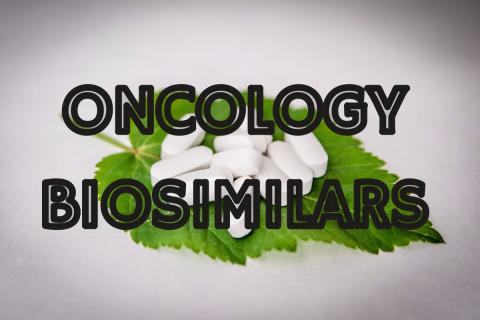
Amgen, the first biologic manufacturer to see a competitor develop and get a biosimilar to market in the U.S. back in 2015, is now engaging in the patent dance between its own biosimilar and Roche. (You can review the U.S. biosimilar market timeline through our prior posts in 2014, 2015, and 2016).
Because biologics are live organisms, and due to the lengthy “patent dance” process, the biologic market seemed impenetrable even after patent expirations. But with clearer definitions of interchangeability between biologic and biosimilar products just announced by the FDA, the ROI on biosimilar production is getting clearer and more promising.
The Future of Oncology Biosimilars
The clear interchangeability of biosimilars and their reference products could help providers, plans and pharmacy benefit managers increase their willingness to use biosimilar products. Until now, clinician and patient hesitancy have proven to be effective blockades for biosimilars to receive a large market share, because there was some concern that switching patients between a reference product and a biosimilar could have consequences. The new guidelines could help put that concern to rest.
Also note biosimilar products are generally priced at about 15-30% of a discount from the reference branded drug. This is a small lead compared with generics which enjoy high rates of adoption due to the much larger price differential of 80% on average. (To understand why that is, check out this article, which explains the time to market and production challenges that differentiate biosimilars from generic compounds.)
Meanwhile, a case before the Supreme Court concerning Amgen’s biologic NEUPOGEN and Sandoz’s biosimilar ZARXIO should be decided by early summer, which will help manufacturers of not just oncology but all biologics and biosimilars predict the market more clearly in the future. It will either extend the timeframe a biologic has patent exclusivity beyond its current 12 year period to add another 6 months--or not.
With the clear interchangeability designation and soon-to-be clear patent exclusivity timeframe for biologics, the biosimilar market is starting to grow quickly out of its infancy, despite its slow start. What's more, in an era of public focus on drug prices that is hard to ignore, including a high focus on the cost of cancer drugs, oncology biosimilars look like they may be heading to a very bright future.

